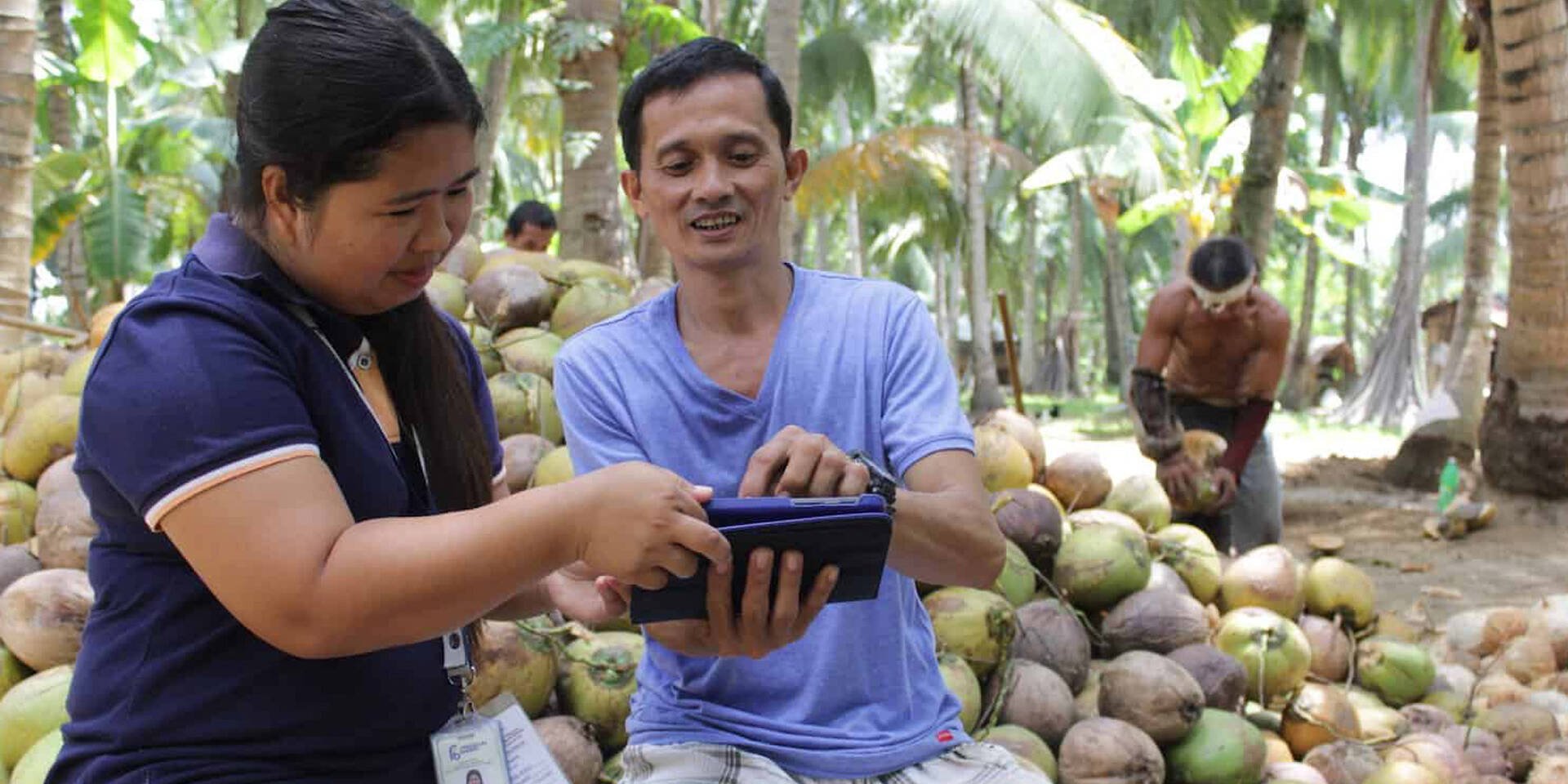Photo courtesy of Freepik
When we think about financial inclusion, we think about the shared goal of including all members of the society to access and benefit from the same financial services accessible to more developed areas.
By supporting the digital transformation for financial institutions, we can provide accessible financial solutions to the unserved and underserved sectors in society. It can encourage better financial inclusion by giving access to basic financial services and other transactions that are more convenient.
But this transition cannot happen overnight. It takes time to provide financial access to different parts of society, especially the vulnerable and unserved populations in the country.
Despite various initiatives launched to encourage digitalization, the Philippines still finds it difficult to achieve the goal because of its weak digital infrastructure. This hinders the progress of financial institutions to shift now to the digital market.
Improving Digital Infrastructure for Better Opportunities
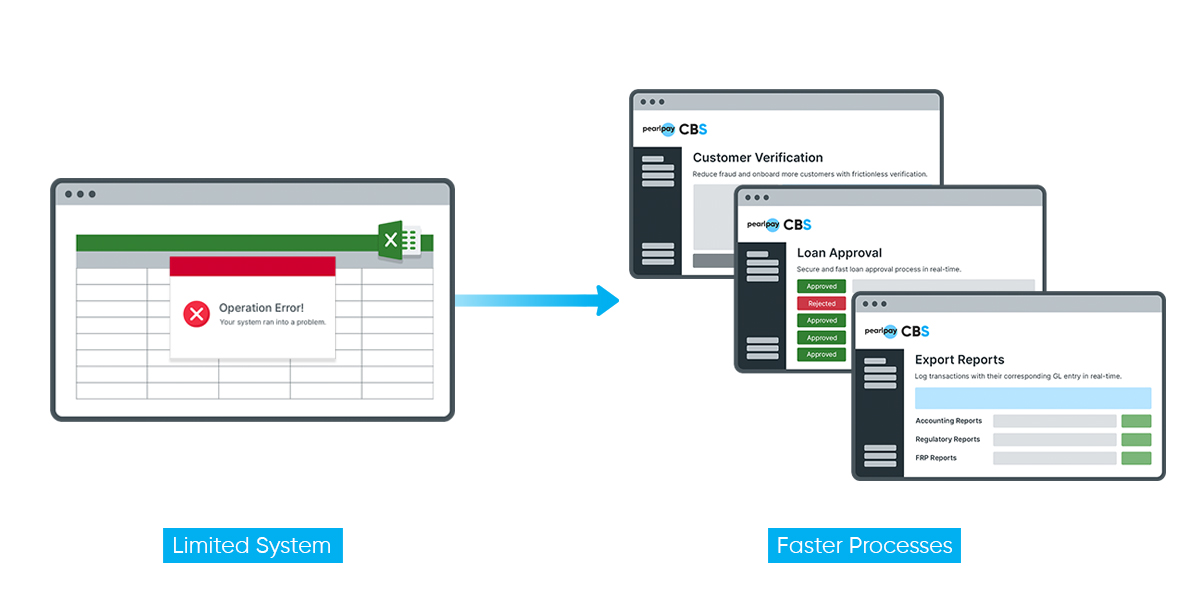
In order to improve the digital infrastructure in the Philippines, we should support the transformation efforts of community-based institutions properly. Rural banks, microfinancing institutions, cooperatives, and other similar financial institutions are just a few of the institutions that can serve and can reach underserved and unbanked Filipinos in need of access to basic financial services.
However, institutions need to consider several factors when it comes to digitalization.
Their goal
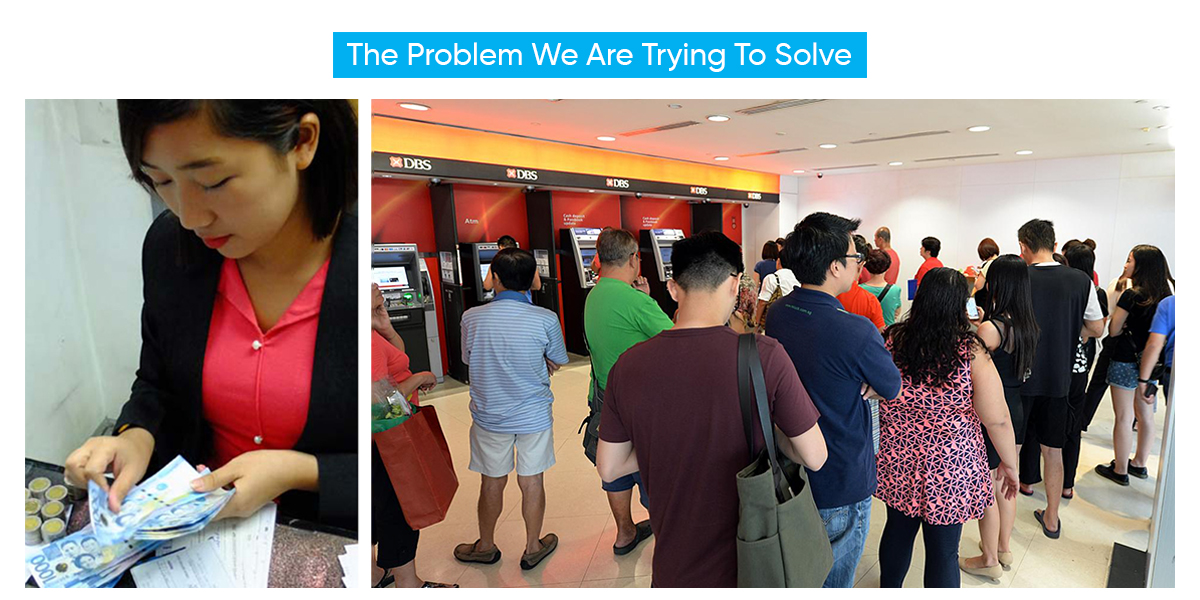
Photo courtesy of Business Mirror and Straitstimes
Before institutions can start their digitalization journey, they need to determine their goal first. What do they want to achieve? Answering this question is a crucial step for them to plan out the steps they need to take. This will ensure that they have a strong blueprint that not only addresses their pain points but also secures efficient digital transformation for financial institutions.
Proper collaboration and partnership

Photo courtesy of ADB Website
Once financial institutions know their transformation goal, the next step is to find the right partner that can help them in their digitalization journey.
Collaborating with the right provider can help banking and non-banking institutions establish a solid foundation. Through proper collaboration, they can optimize their processes and be equipped with digital solutions that address the digitalization challenges they experience. It will enable institutions to serve Filipinos better and bring more opportunities to their communities.
Empowering Financial Institutions with Strong Digital Foundation
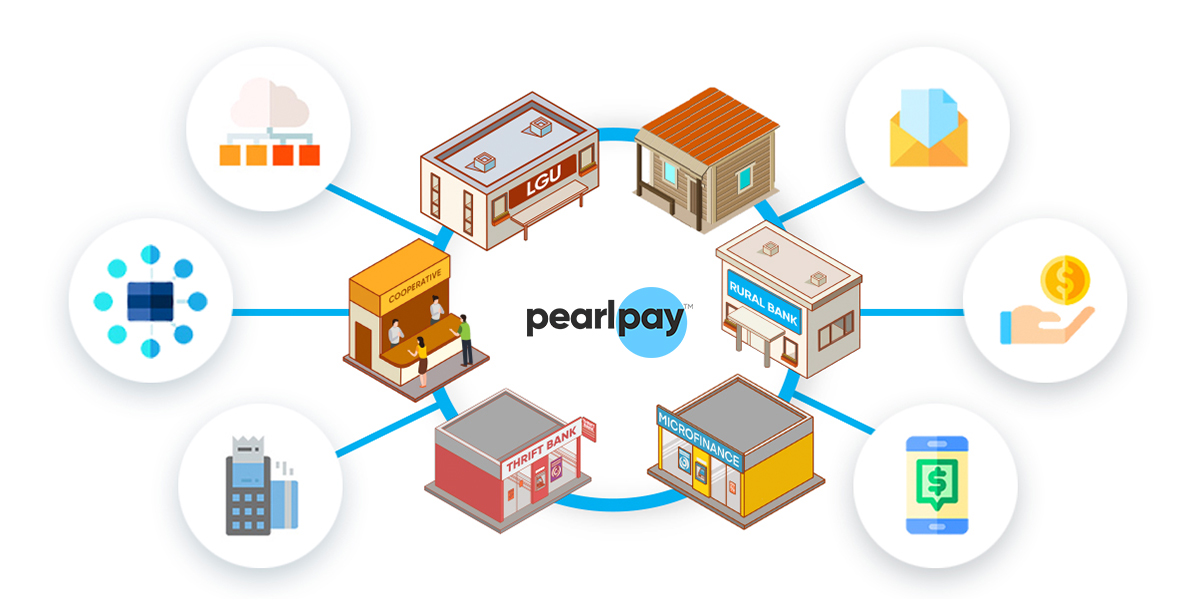
Once financial institutions find the right partner with the right solutions, they can now start their digital transformation by building a digital foundation. This is a vital first step as the right foundation will ensure:
Holistic and full transformation
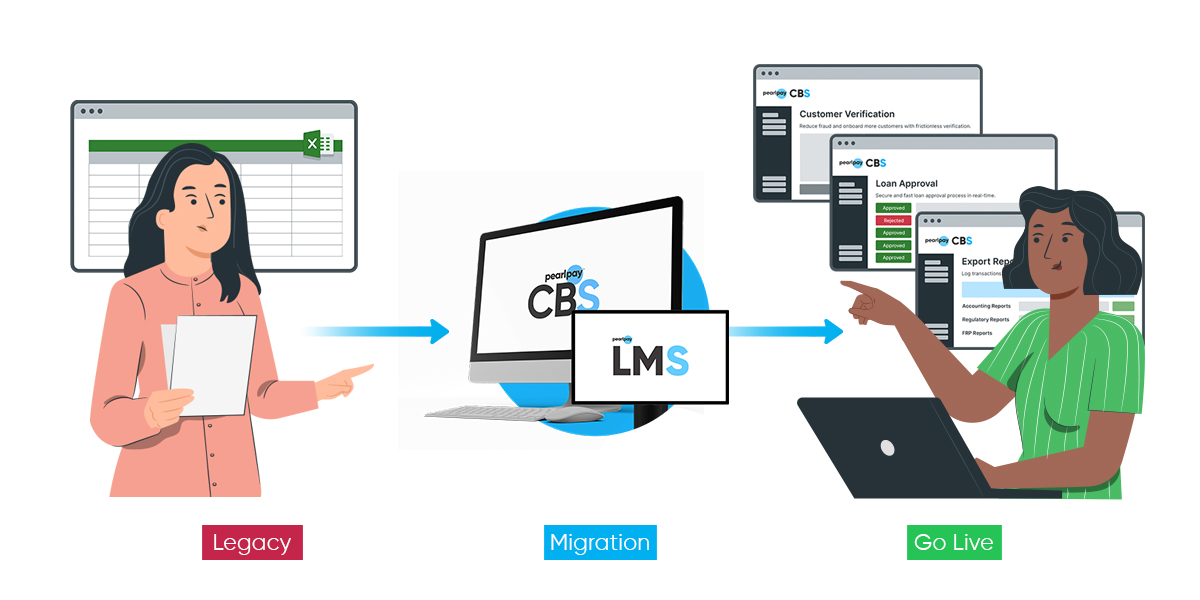
Digital transformation needs a strong foundation. If an institution has an improper foundation, it will take them longer and more effort to transform fully.
With a solid foundation, financial institutions can speed up their processes, optimize their workflow, and ensure better customer experience. It will also allow a smooth transition to the digital economy and provide underserved and unbanked Filipinos easier access to it.
Seamless integration and utilization of digital solutions
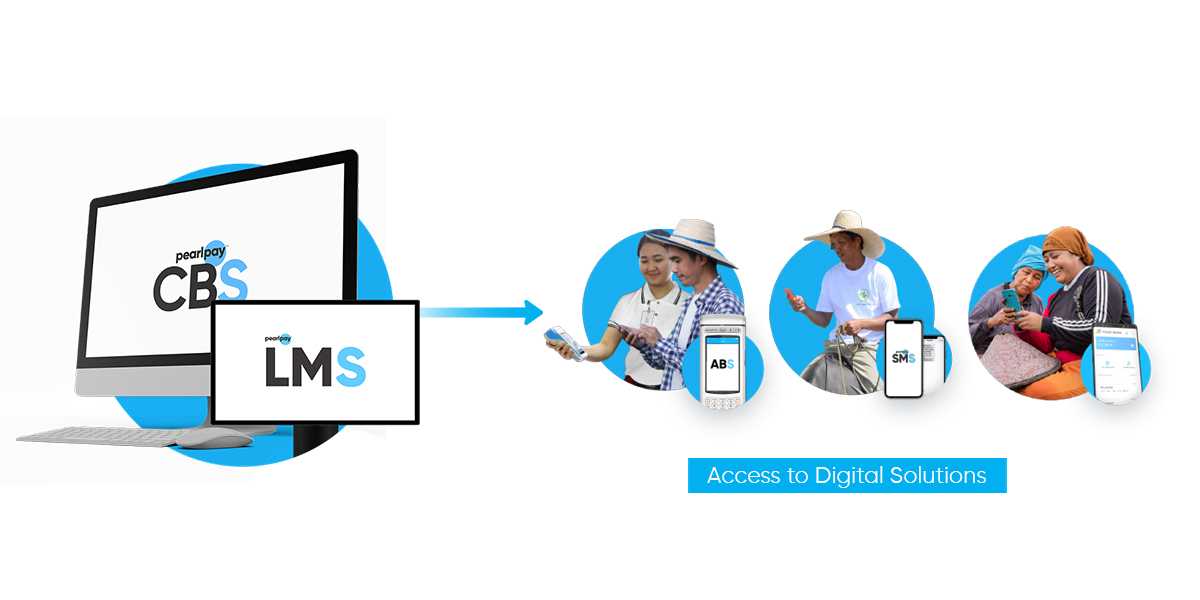
Based on a World Bank report, the use of various digital technologies has paved the way for citizens, businesses/companies, and the government to follow strict health protocols while still ensuring business continuity, economic activity, and being able to deliver a variety of deposit options, lending, investment services and such to the public.
When paired with the right digital foundation, it will be easier for financial institutions to integrate and use other digital solutions like agent banking and mobile banking. This would bring about greater efficiency in improving customer experience and other business processes.
Eventual expansion of rural and marginalized communities to the digital economy
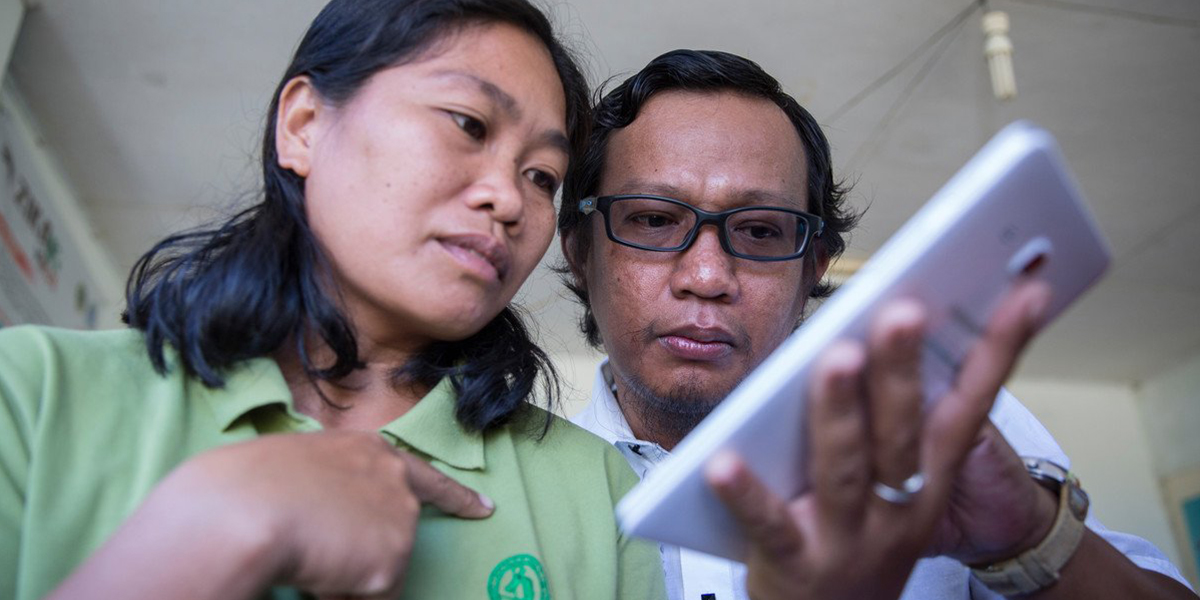
Photo courtesy of Flickr
With urban areas constantly booming in the digital industry, community-based financial institutions are ones that can help rural communities shift to the digital economy.
As these institutions gained the trust of their communities, they can help more people to be banked and encourage the transformation of financial services in their communities. This can improve financial inclusion as even Filipinos in poverty can have savings, apply for loans, and get financial protection.
Helping them transform would give Filipinos the chance to participate in the digital economy even if they’re in far-flung areas.
With a proper foundation, institutions can maximize their potential in serving rural and vulnerable communities in the Philippines.
Paving the Way Towards Community Transformation

Photo courtesy of CNN Website
Technology has proven to be a useful tool for Filipinos to access financial services safely and securely. With stores, businesses, establishments, and households heavily affected, we need to guarantee continued financial access that can help Filipinos, especially the unbanked and underserved, recover during these trying times.
As said by BSP Governor Benjamin Diokno, “The future is digital, and it is here. We need to make sure that our constituents and the public that we serve are not left behind. Let us prepare them for the new economy and equip them with access to transformative digital financial services.” By setting the right foundation for digitalization, we can find ourselves on the right path towards financial inclusion.
We have to ensure that no community-based financial institutions will be left behind. By transforming financial institutions in the Philippines, they can keep up with the latest innovations and be competitive in the digital era. Working together to build a financially inclusive system in the country can empower more Filipinos. It will help them shift to digital banking where they can access their accounts online, pay bills, transfer funds, apply for loans, and other services with ease.
The benefits of digitalization in the financial industry are never-ending. As technology continues to transform our lives for the better, we can look forward to a financially inclusive country with the right solutions to support it.
Contributed by: Pamela Belmonte
Related Posts
November 24, 2022
Digitizing MSMEs: How You Can Grow and Thrive in the Philippine Digital Economy
Understanding how MSMEs can go digital will help them earn more and encourage their growth in the…
March 17, 2022
Factors to Consider for Digital Transformation and Growth
Financial institutions in the Philippines need to consider these digital transformation factors to…
July 13, 2021
Unlocking Business Opportunities in the Philippines Through Payment Gateways
Read how connecting financial institutions to payment gateways in the Philippines can provide…



